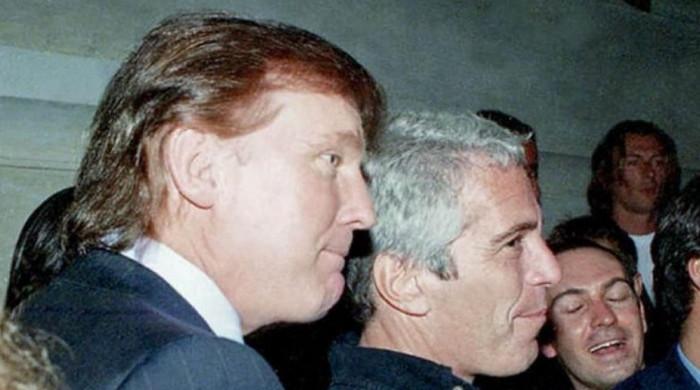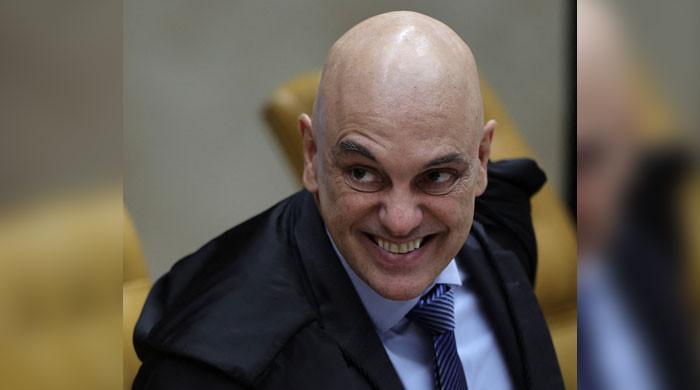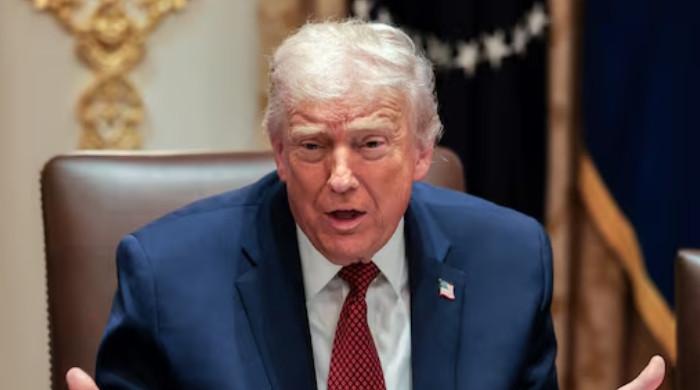Indian-American Gitnajili Rao is TIME's first-ever 'Kid of the Year'
The kid of the year award was inspired by environmental activist Greta Thunberg, who last year was named Time's person of the year 15-year-old used technology to tackle issues ranging from...
December 04, 2020
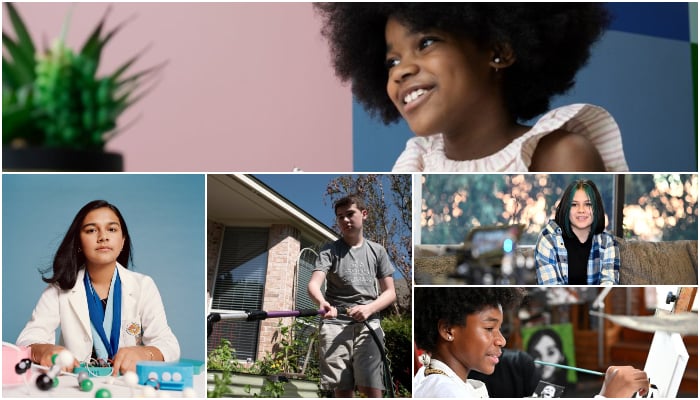
In a first, TIME Magazine has rolled out the “Kid of the Year” award to acknowledge young bright minds for their innovative and ingenious ideas in tackling and eradicating the sufferings of the world.
The Kid of the Year award is inspired by environmental activist Greta Thunberg, who last year was named Time's person of the year.
Read more: BBC to make Greta Thunberg documentary series
"The world belongs to those who shape it. And however uncertain that world may feel at a given moment, the reassuring reality seems to be that each new generation produces more of what these kids—five Kid of the Year finalists selected from a field of more than 5,000 Americans, ages 8 to 16—have already achieved: positive impact, in all sizes," read the publication as it introduced its chosen five.
The finalists were selected by a committee of young people alongside comedian and TV presenter Trevor Noah. The winner was, however, interviewed by actor and activist Angelina Jolie for the TIME special.
Kid of the Year: Gitanjali Rao, 15
The first recipient of the award, Gitnajili Rao, was chosen for her "astonishing work" using technology to tackle issues ranging from contaminated drinking water to opioid addiction and cyberbullying.
During her virtual interview with Jolie, Rao advised youngsters to listen to their hearts and follow their dreams."Don’t try to fix every problem, just focus on one that excites you. “If I can do it,” she said, “anybody can do it.”
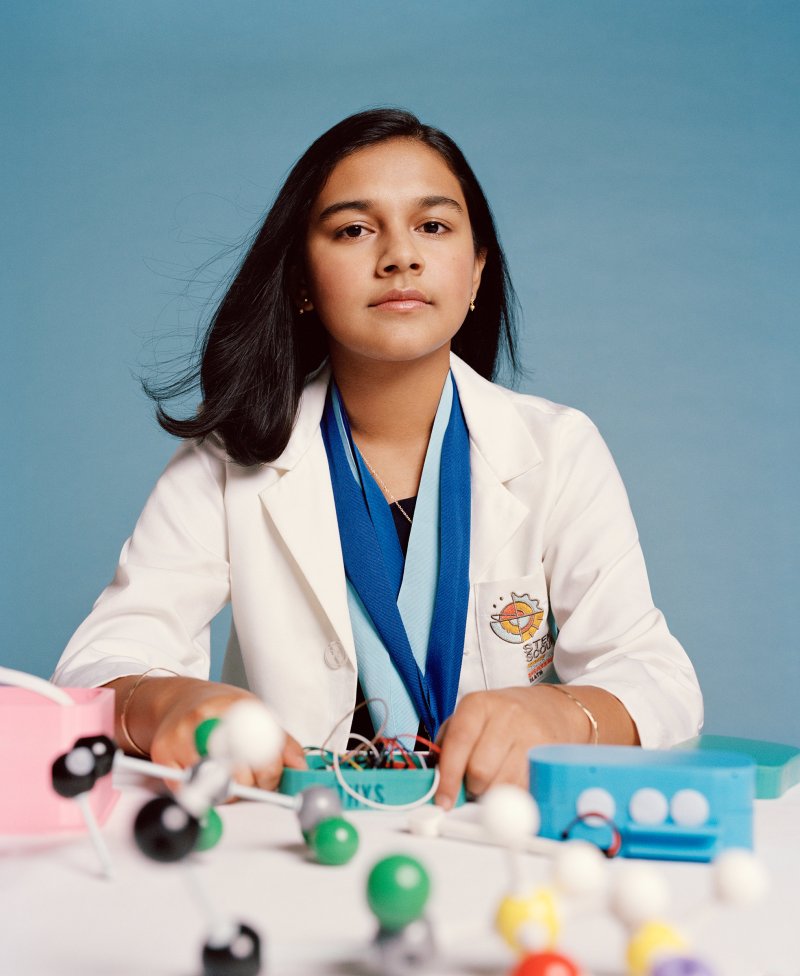
Talking about her latest innovation that helps prevent cyberbullying, Rao explained it’s a service called Kindly—there’s an app and a Chrome extension—which is able to detect cyberbullying at an early stage, based on artificial-intelligence technology.
"I started to hard-code in some words that could be considered bullying, and then my engine took those words and identified words that are similar," she continued.
"You type in a word or phrase and it’s able to pick it up if it’s bullying, and it gives you the option to edit it or send it the way it is. The goal is not to punish, Rao underpinned.
She said being a teenager herself, she knows they tend to lash out sometimes. "Instead, it gives you the chance to rethink what you’re saying so that you know what to do next time around," she said.
Tyler Gordon, 14
Bounded by a wheelchair, high school freshman Tyler Gordon has faced more challenges than some people experience in a lifetime.
"He was born deaf and underwent surgery at age 5 that gave him some hearing, but he still speaks with a stutter. In elementary school, he got bullied so much that he barely spoke," read the publication.
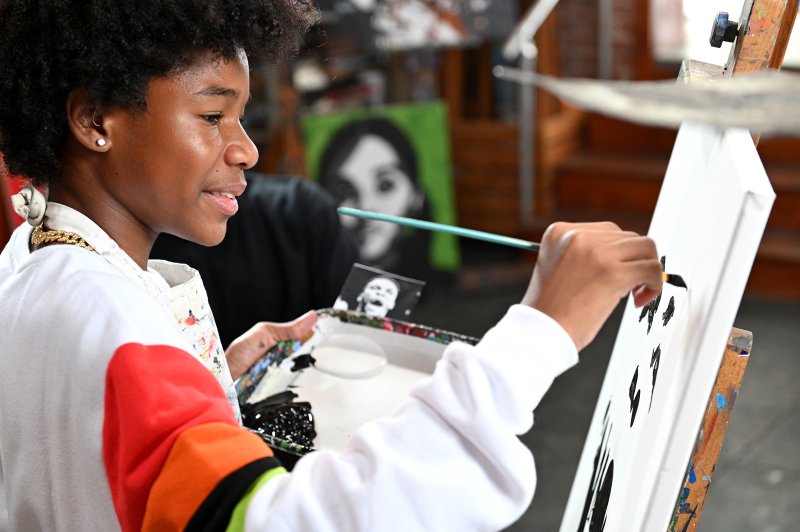
However, surpassing all his barricades, Gordon found refuge in painting. After watching his mom paint, he decided to try it himself and won first place in a school art contest with a portrait he’d made of the principal.
In the four years since he’s painted more than 500 portraits of black icons who inspire him, most recently of US vice president-elect Kamala Harris, who called him right before Thanksgiving to tell him he’s “amazing” and has a “gift.”
Jordan Reeves, 14
The 14-year-old designer and activist was born with a left arm that stopped growing beneath her elbow. However, this impairment fueled her passion and in the last four years, Reeves has created a 3D printable prosthesis for kids that shoots out biodegradable sparkles, consulted for companies like Mattel to create toys that affirm limb difference.
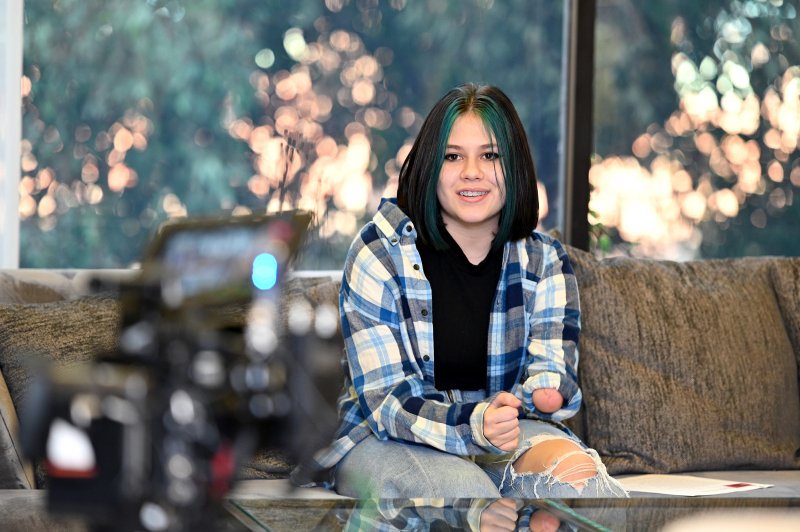
She has also co-written a memoir about what she’s learned from growing up with a disability.
“[When I started,] I was just 10 and I was able to make an impact, which is so cool,” she says. “Go for it, don’t doubt yourself, don’t think about what other people think—you can make a change no matter how big or how small,” Reeves told TIMES during the interview.
Bellen Woodard, 10
The youngest of the lot, Bellen Woodard wants to build an inclusive world. She has created her own line of crayons in tones that reflect the wide spectrum of skin colors she sees in the world, claiming the title of the world’s first crayon activist.
According to the publication, the idea dawned upon Woodward when her friend asked her for a “skin color” crayon during her art class.
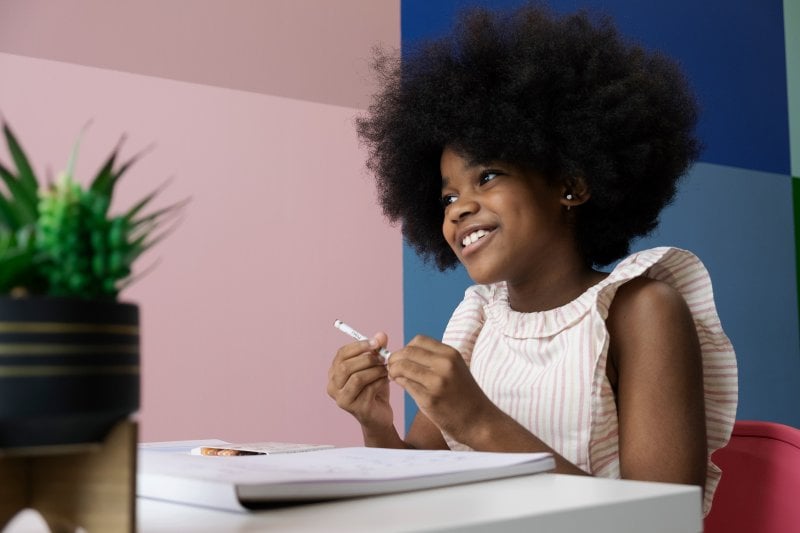
Woodard, who was the only black student in her grade, says she knew the classmate meant the peach-color crayon. When she told her mother Tosha Woodard about what had happened, Tosha suggested that she pass her classmate a brown crayon instead next time.
With a mission to create space and acceptance for all, in spring 2019, Woodard launched 'More Than Peach', a nonprofit that has donated more than $40,000 worth of multicultural crayons and sketchbooks to schoolchildren across the country.
Her packet of crayons has been added to the permanent collection at the Virginia Museum of History and Culture, TIME reported.
Ian McKenna, 16
Like others, Ian McKenna has a very interesting story to share. He was in third grade when he learned that nearly a quarter of the kids at his Austin school weren’t getting enough to eat at home.
McKenna wanted to help, but local volunteer organisations turned him away, saying he was too young. It was then that he decided to come up with his own solution.
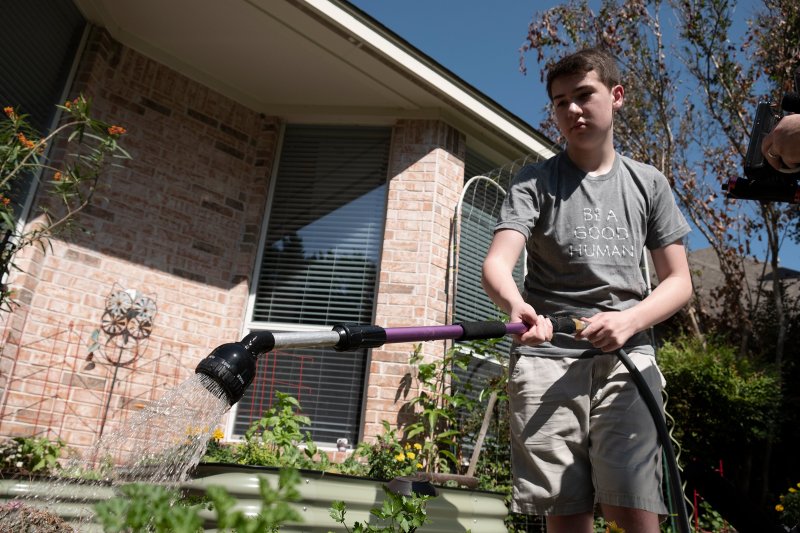
For years, he had been gardening with his mother, and they often distributed their extra vegetables to the neighbours.
"Why not give the produce to a soup kitchen? Then I thought, I’m good at gardening,” says McKenna, now 16.
“Maybe I could try to start a garden that’s meant solely to help feed these people who are in need.”
The young social volunteer persuaded his school to set aside space for a garden and then asked people for donations of seeds and equipment. Other students donated their time.
Within months, McKenna’s garden was producing lettuces, spinach, tomatoes, cucumbers and squash for students and their families.




